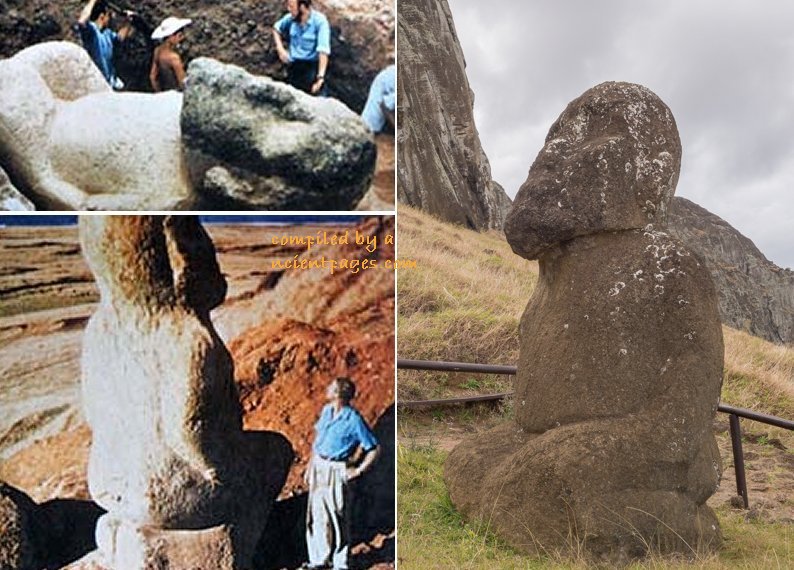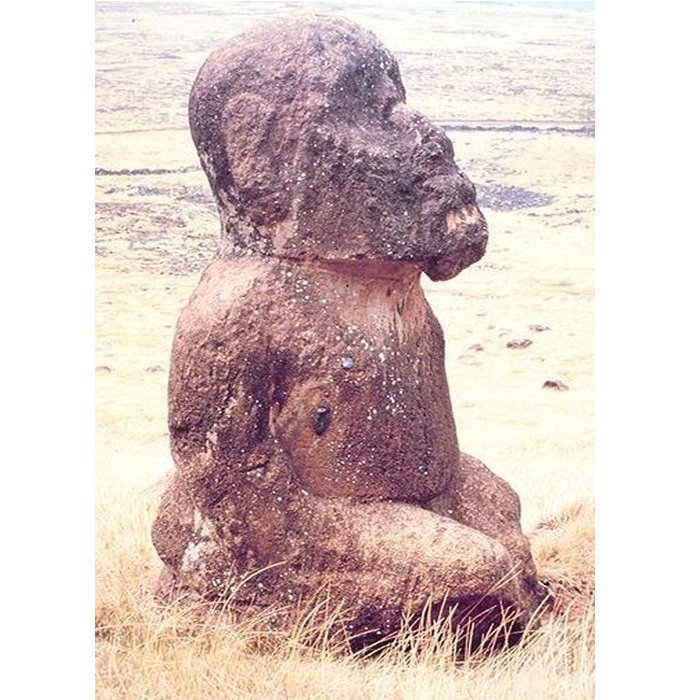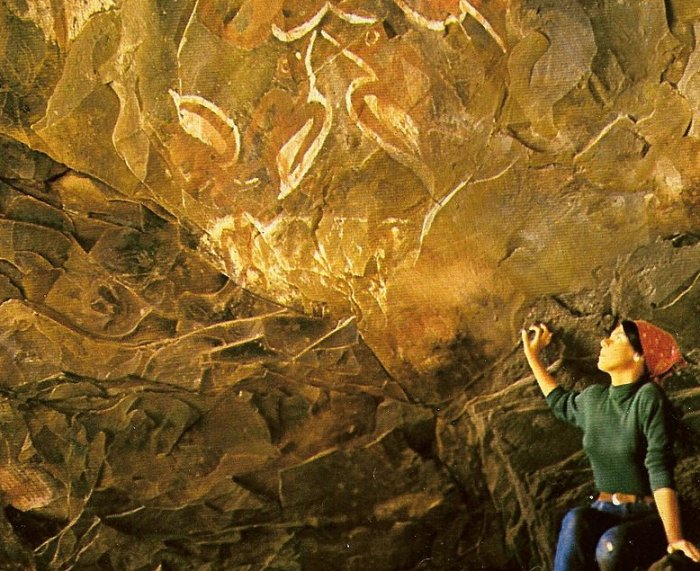Unusual Tukuturi Statue On Easter Island Remains An Unexplained Mystery
A. Sutherland - AncientPages.com - Easter Island keeps many ancient secrets.
One of them is an intriguing "kneeling moai or simply "Tukuturi" figure that was discovered on Easter Island by archaeologist Thor Heyerdahl's team in 1955.
The place of this most unusual discovery was the Rano Raraku quarry. Curiously, no other statues accompany this statue, which remains an unusual moai.
The statue's kneeling position catches our attention. Is the kneeling position a way to show admiration and respect toward his gods or is he perhaps, begging for mercy or forgiveness?
The statue of “Tukuturi” is also known as ‘tuku turi or simply ‘tuku’; it differs much from many other moai on Easter Island.
Why is the figure's location away from other sculptures? This figure differs much from other traditional statues on the island.
Unlike the other stone colossi, Tukuturi's facial characteristics are rounded, much more human-like when compared to the traditional, straight rectangular heads of the other moai.
If you look from the side, you could even see that this being has a small beard. But that's not all. The figure has also well-defined legs and it is kneeling with its hands resting on the knees.
Was Tukuturi A Famous Figure Or Just A Chorus Singer?
One legend says that this is a depiction of a famous moai sculpture erected to watch over future generations of the island's craftsmen.
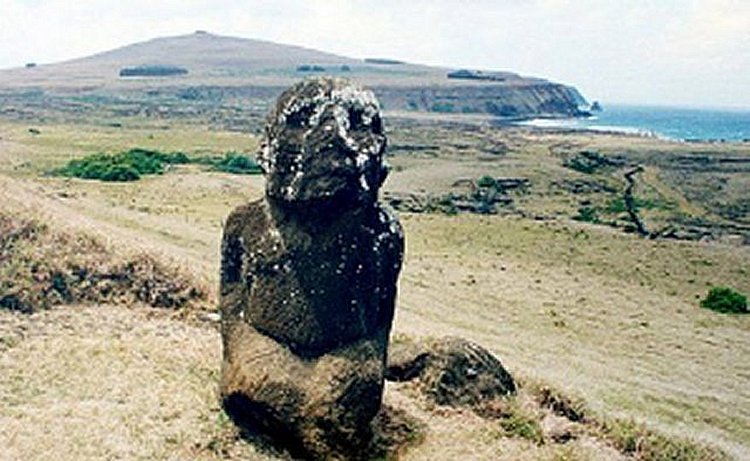 The only kneeling Moai at Easter Island. Photographed by Brocken Inaglory in November of 1998. Image credit: Brocken Inaglory - CC BY-SA 3.0
The only kneeling Moai at Easter Island. Photographed by Brocken Inaglory in November of 1998. Image credit: Brocken Inaglory - CC BY-SA 3.0
According to an ancient tradition, the posture of the mysterious “Tukuturi” was used by the men and women who formed the chorus in the festivals called riu, where the posture was known as’ tuku riu’.
Typical also of the singers was the slightly backward inclination of the trunk, the raised head, and the goatee (a style of facial hair incorporating hair on a man's chin but not his cheeks), all these features can be observed in this statue.
Tukuturi is made of red scoria from Puna Pau located on the outskirts of Hanga Roa in the south west of Easter Island. Puna Pau is the only source of red scoria that was used to carve the pukao (topknots) that they put on the heads of some of their famous moai figures.
However, Tukuturi sits at Rano Raraku, the tuff quarry and it is believed this statue is probably one of the last moai ever made.
Were Traditional Moai Created Before Tukuturi Or Was He, Their Predecessor?
It is not easy to answer this question and no one knows for sure but some researchers argue that Tukuturi may belong to a later period.
Tukuturi moai. Image credit: Crux - Public Domain
Still, the most common idea is that it was one of the first sculptures to be made - an early precursor of the traditional moai. However, it wasn't transported but left in the quarry because it was either damaged or never intended to be erected on a platform.
Perhaps we have to ask whether the mysterious kneeling Tukuturi really is "moai" figure, in the first place.
The statue's kneeling position catches our attention. Is the kneeling position a way to show admiration and respect toward his gods or is he perhaps, begging for mercy or forgiveness?
Is this the position of someone who will be sacrificed?
Among many theories, there is one suggesting that Tukuturi moai is connected to the Tangata manu cult of Easter Island, a traditional competition on Rapa Nui, which would make Tukuturi one of the last moai on the island to have been created.
Tukuturi remains an unsolved mystery because there are no satisfactory answers to some crucial questions regarding this curious figure.
Why is the figure's location away from other sculptures?
Why is Tukuturi kneeling? Why wasn’t the statue created out of the same material like other statues on the Easter Island?
Birdmen (Tangata manu) paintings in the so-called "Cannibal Cave". Storia Illustrata, year 1969. source
Father Sebastian Englert (1888 – 1969), a Capuchin Franciscan friar, Roman Catholic priest, missionary, linguist and ethnologist from Germany. He is known for his pioneering work on Easter Island.
He said that "masters who had built the beautiful Inca walls of the first period, were not also the creator of the mighty half figures who has made Easter Island so famous.
They created a series of simpler statues [like Tukuturi] with a rounded head and staring eyes, sometimes red tuff and sometimes of black basalt, but also already used the yellow-gray volcanic rock, which was so popular in the next period..." ("Aku-.Aku, T. Heyerdahl).
Written by – A. Sutherland - AncientPages.com Senior Staff Writer
Copyright © AncientPages.com All rights reserved. This material may not be published, broadcast, rewritten or redistributed in whole or part without the express written permission of AncientPages.com
Expand for referencessource:
Aku-.Aku, T. Heyerdahl
More From Ancient Pages
-
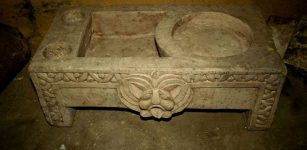 Roman-Era Residence Unearthed In Ancient Capital Of Memphis, Egypt
Archaeology | Sep 27, 2018
Roman-Era Residence Unearthed In Ancient Capital Of Memphis, Egypt
Archaeology | Sep 27, 2018 -
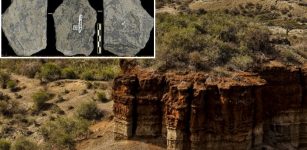 Olduvai Gorge: Direct Cosmogenic Nuclide Dating Of Olduvai Lithic Industry
News | Mar 31, 2022
Olduvai Gorge: Direct Cosmogenic Nuclide Dating Of Olduvai Lithic Industry
News | Mar 31, 2022 -
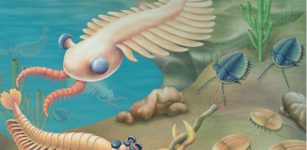 Connection Between Viruses And Ancestors Of All Complex Life Has Been Found
Archaeology | Jul 1, 2022
Connection Between Viruses And Ancestors Of All Complex Life Has Been Found
Archaeology | Jul 1, 2022 -
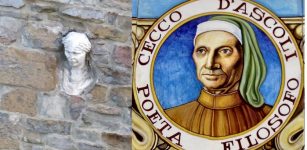 Mysterious La Berta – ‘Petrified’ Stone Head And The Curse Of Cecco d’Ascoli Who Was Burned At The Stake
Featured Stories | Jul 29, 2019
Mysterious La Berta – ‘Petrified’ Stone Head And The Curse Of Cecco d’Ascoli Who Was Burned At The Stake
Featured Stories | Jul 29, 2019 -
 2,000-Year-Old Celtic Dice Discovered In Poland
Archaeology | Oct 11, 2023
2,000-Year-Old Celtic Dice Discovered In Poland
Archaeology | Oct 11, 2023 -
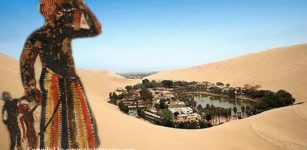 Zerzura – Lost Ancient Sahara Oasis Guarded By Black Giants
Featured Stories | Jun 10, 2020
Zerzura – Lost Ancient Sahara Oasis Guarded By Black Giants
Featured Stories | Jun 10, 2020 -
 Little People: Ancient Race That Pre-Dates Native Americans, Celts, And Other Settlers Worldwide
Featured Stories | Aug 29, 2024
Little People: Ancient Race That Pre-Dates Native Americans, Celts, And Other Settlers Worldwide
Featured Stories | Aug 29, 2024 -
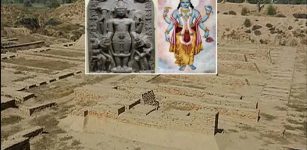 Temple Of Lord Vishnu Dated To Hindu Shahi Dynasty Unearthed In Pakistan
Archaeology | Nov 22, 2020
Temple Of Lord Vishnu Dated To Hindu Shahi Dynasty Unearthed In Pakistan
Archaeology | Nov 22, 2020 -
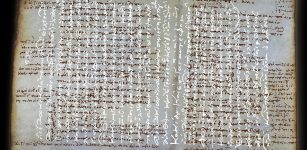 Spectacular Discovery – Scientists Decipher Previously Invisible Texts In Ancient Manuscripts
News | Nov 16, 2013
Spectacular Discovery – Scientists Decipher Previously Invisible Texts In Ancient Manuscripts
News | Nov 16, 2013 -
 Roman Consuls Seized Power Through Intimidation, Bribery And Show Business
Ancient History Facts | Mar 4, 2025
Roman Consuls Seized Power Through Intimidation, Bribery And Show Business
Ancient History Facts | Mar 4, 2025 -
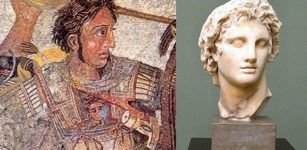 Why Didn’t Alexander The Great’s Body Show Signs Of Decomposition For Several Days? A Never-Before Suggested Explanation – From Scientists
Archaeology | Jan 24, 2019
Why Didn’t Alexander The Great’s Body Show Signs Of Decomposition For Several Days? A Never-Before Suggested Explanation – From Scientists
Archaeology | Jan 24, 2019 -
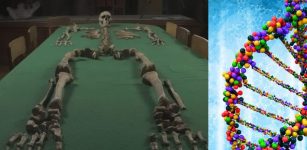 DNA Reveals Stone Age People Avoided Inbreeding
DNA | Mar 9, 2024
DNA Reveals Stone Age People Avoided Inbreeding
DNA | Mar 9, 2024 -
 Klerksdorp Spheres – Controversial And Out-Of-Place In Time Metallic Spheres From South Africa
Artifacts | Apr 8, 2017
Klerksdorp Spheres – Controversial And Out-Of-Place In Time Metallic Spheres From South Africa
Artifacts | Apr 8, 2017 -
 Oldest Scandinavian DNA Found In Ancient Chewing Gum
Archaeology | May 15, 2019
Oldest Scandinavian DNA Found In Ancient Chewing Gum
Archaeology | May 15, 2019 -
 Aztec Skull Whistles: Unique, Terrifying Instruments With Scary And Scream-Like Nature That Paralized Human’s Mind
Archaeology | Nov 18, 2024
Aztec Skull Whistles: Unique, Terrifying Instruments With Scary And Scream-Like Nature That Paralized Human’s Mind
Archaeology | Nov 18, 2024 -
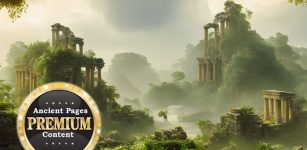 Delphic Mysteries – Extraordinary Encounter At An Ancient Temple – Part 2
Ancient Mysteries | Apr 3, 2023
Delphic Mysteries – Extraordinary Encounter At An Ancient Temple – Part 2
Ancient Mysteries | Apr 3, 2023 -
 History Of The Saltire – Scotland’s National Flag And World’s Oldest Sovereign Flag
Featured Stories | Apr 3, 2016
History Of The Saltire – Scotland’s National Flag And World’s Oldest Sovereign Flag
Featured Stories | Apr 3, 2016 -
 Rare Medieval Chess Piece And Game Collection Unearthed At A Forgotten Castle
Archaeology | Jun 7, 2024
Rare Medieval Chess Piece And Game Collection Unearthed At A Forgotten Castle
Archaeology | Jun 7, 2024 -
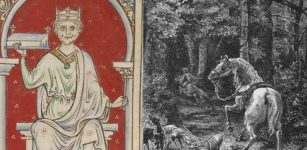 Was King William II Murdered In The New Forest?
Featured Stories | Aug 5, 2021
Was King William II Murdered In The New Forest?
Featured Stories | Aug 5, 2021 -
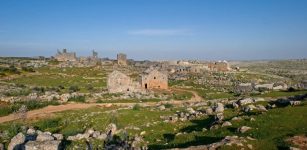 Dead City Of Serjilla – Byzantine Village In Syria Struggling To Survive The Middle Of A War Zone
Featured Stories | Jan 27, 2020
Dead City Of Serjilla – Byzantine Village In Syria Struggling To Survive The Middle Of A War Zone
Featured Stories | Jan 27, 2020

